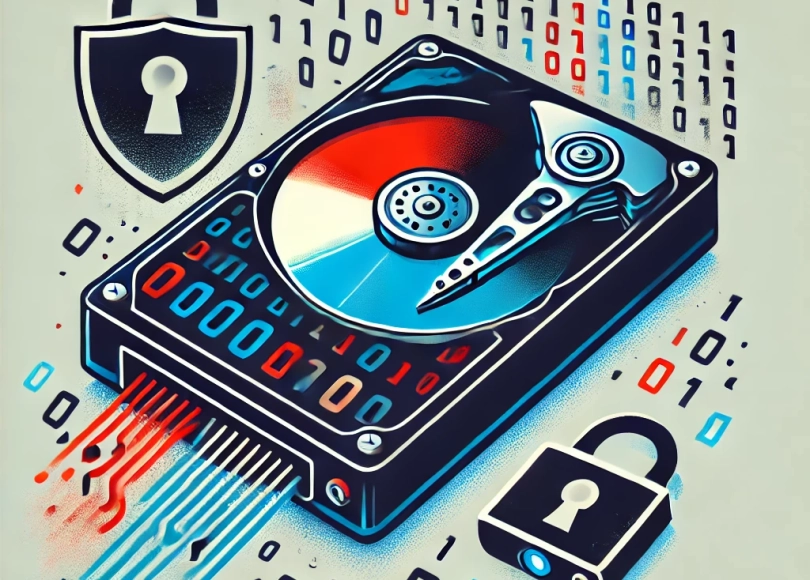1. OS and Software Updates
- Enable automatic Windows Updates (including drivers, Defender, Edge).
- Regularly update all installed software.
- Disable optional legacy features (like Internet Explorer, SMBv1).
2. Account and Credential Hardening
- Enforce strong password policies (length, complexity, expiration).
- Enable Account Lockout after failed logon attempts.
- Use Microsoft Account, AzureAD Join, or Hybrid Join for personal devices.
- Use Local Accounts only if absolutely necessary (with strict password policy).
- Disable local Administrator account (or rename it).
- Enable Credential Guard (Win 10 Enterprise/Education, Win 11 Pro/Edu/Ent).
3. BitLocker and Disk Encryption
- Enable BitLocker for all system and data drives.
- Require PIN/TPM protection for BitLocker pre-boot.
- Store recovery keys securely (Azure AD, printed copy, or encrypted backup).
4. Windows Defender and Security Features
- Enable Windows Defender Antivirus with Tamper Protection ON.
- Enable Microsoft Defender SmartScreen for web protection.
- Enable Exploit Protection and Controlled Folder Access.
- Enable Reputation-based Protection (potentially unwanted apps blocking).
5. Firewall and Network Protection
- Use Windows Defender Firewall — ensure it’s ON for all profiles (Domain, Private, Public).
- Block all inbound connections except essential services.
- Enable Network Level Authentication (NLA) for Remote Desktop.
- Disable unnecessary network protocols (IPv6 if not used, SMBv1, NetBIOS).
6. Remote Access Hardening
- Disable RDP unless absolutely needed.
- If RDP is enabled:
- Use Network Level Authentication (NLA).
- Change the default RDP port (3389).
- Restrict access via firewall rules and allowlist IPs.
- Use RDP Gateways for remote access.
- Use VPN with MFA instead of exposing RDP or SMB ports.
7. Application Control
- Enable Smart App Control (Windows 11).
- Deploy Windows Defender Application Control (WDAC) or AppLocker rules.
- Restrict script execution (disable PowerShell v2, only allow signed scripts).
8. Browser Hardening
- Use Edge with enhanced security mode or hardening extensions (uBlock Origin, HTTPS Everywhere).
- Enable automatic updates for browsers.
- Block unsafe ActiveX controls and Flash.
9. Device and Hardware Security
- Ensure Secure Boot is enabled in UEFI.
- Enable TPM 2.0 (required for Windows 11).
- Enable Memory Integrity (Core Isolation > Memory Integrity in Windows Security).
10. Privacy and Telemetry
- Minimize telemetry to Basic or Security (where possible).
- Disable “Advertising ID” and unwanted diagnostics settings.
- Turn off location tracking unless necessary.
11. Advanced Policies (Group Policy / Intune / Registry)
- Audit Logs: Enable logging for Account Logon, Logon Events, Policy Changes.
- Disable USB Storage unless needed (can be done via GPO).
- LSA Protection: Enable LSA (Local Security Authority) Protection for credentials.
- Turn off “Allow remote access to Plug and Play” in registry.
- Enable User Account Control (UAC) to the highest level.
- Restrict Anonymous Access (various registry and local policy settings).

